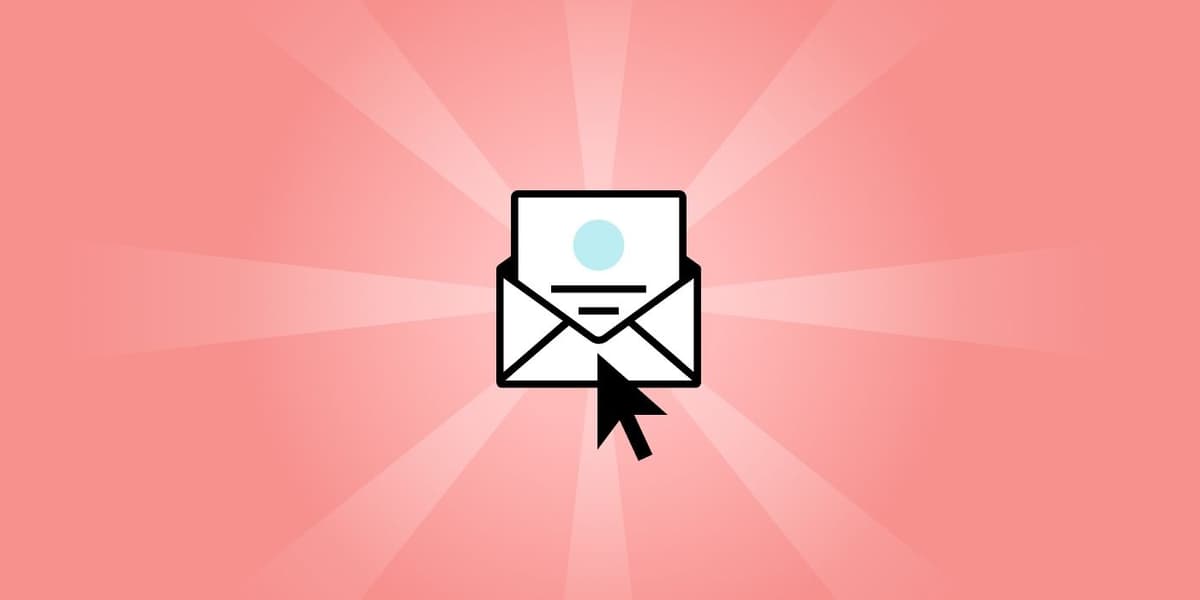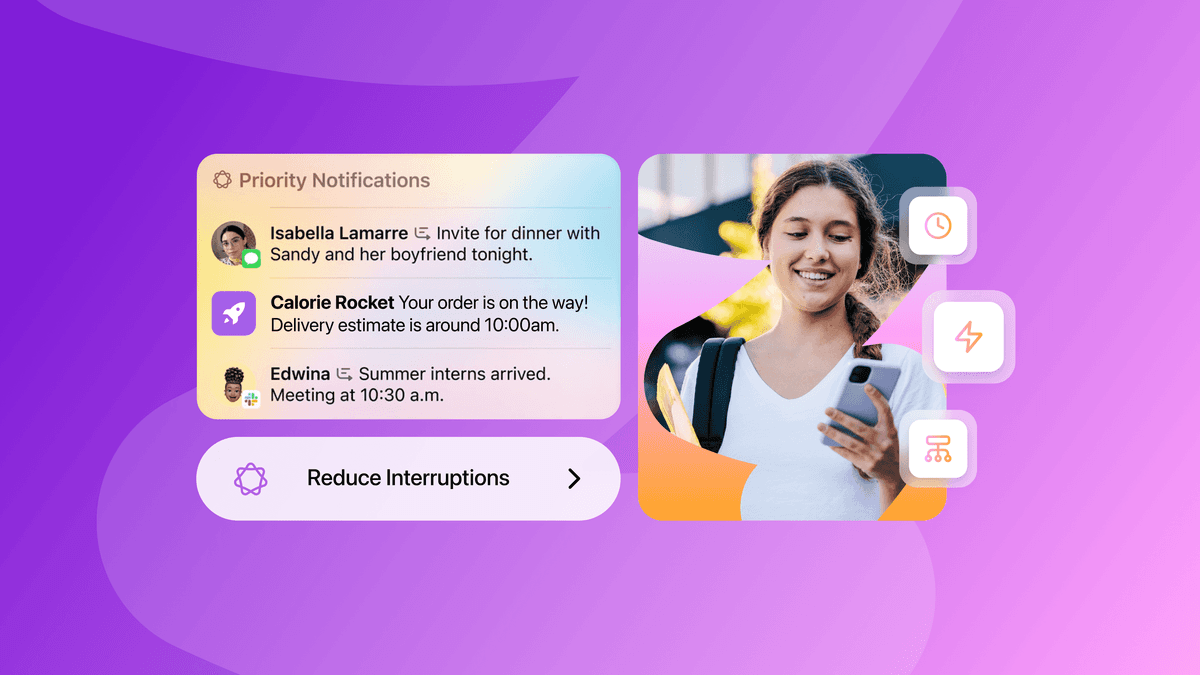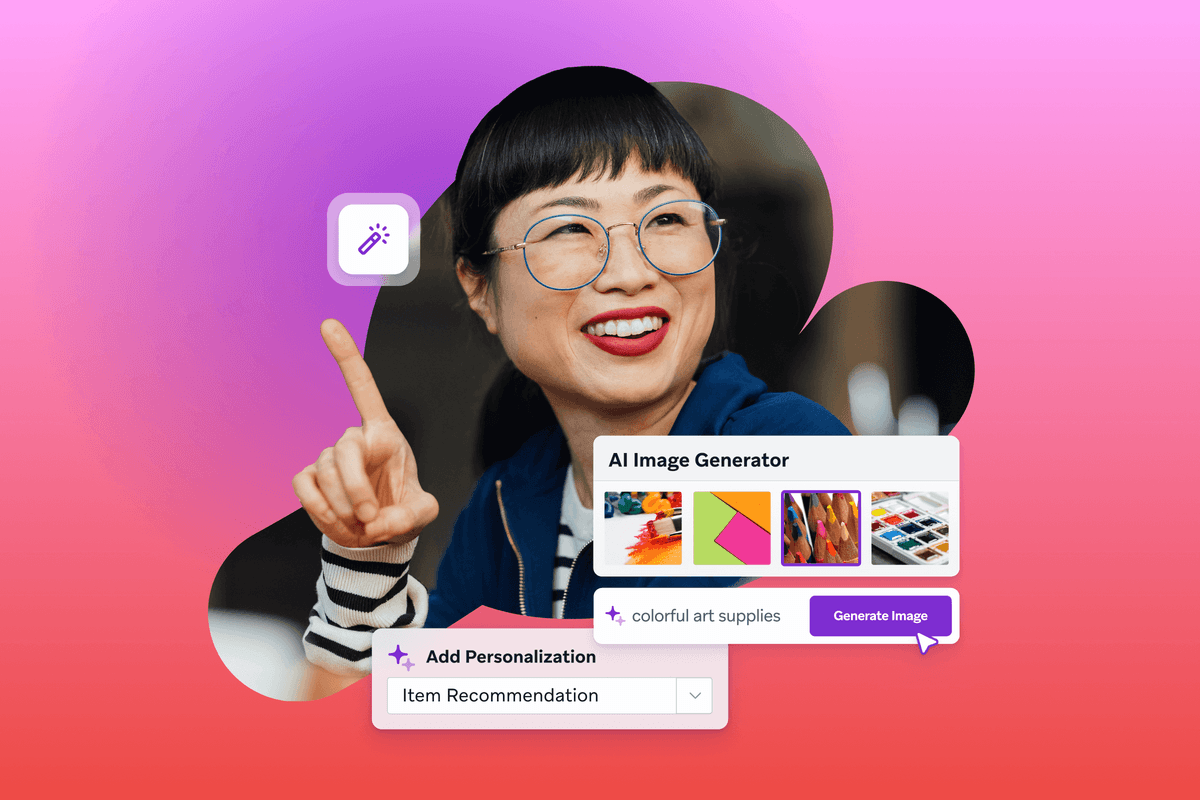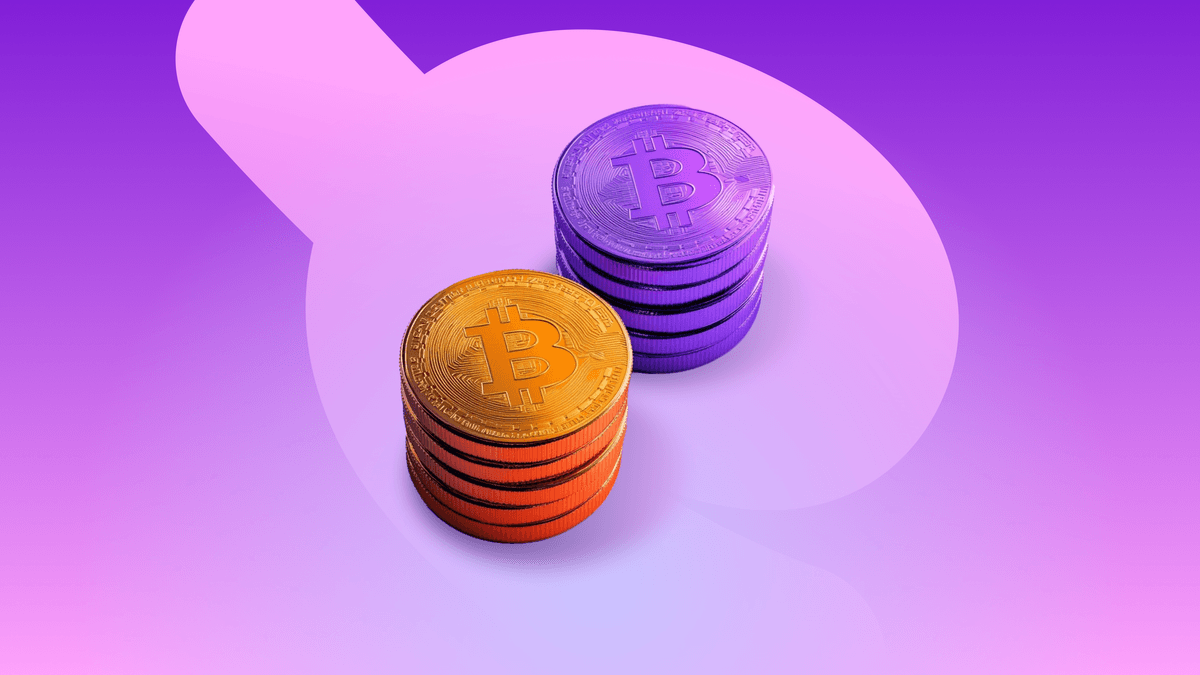Sneak Your Way Into the Inbox With These 3 Weird Tricks
Published on September 16, 2019/Last edited on September 16, 2019/4 min read


Alison Gootee
Compliance and Deliverability Enablement Principal II, BrazeEmail deliverability is often considered an enigma, even to experienced marketers. Nearly anyone can send an email—but having it arrive in the inbox and then get opened can seem like a little art, a little science, and a smidge of sorcery. While magic never hurt anything, even mere mortals can protect their inbox placement and see impressive email metrics by building their email marketing plan around these foundational guidelines.
1. Get permission—the honest way
Asking for someone's email address is different from asking for permission to send them email, and that subtle-but-important distinction heavily influences deliverability. If the address collection process doesn't include actually asking for consent to send new users marketing emails, open rates will suffer or they'll be counteracted by high spam complaint rates.
Contrary to common lore, downloading an app, accessing a website, creating an account, or entering a contest are all inadequate substitutes for just....asking. Instead of burying a blurb somewhere in your terms and conditions about reserving the right to send marketing messages, come right out with it and tell people that you're collecting addresses for ongoing communications, and make their participation optional.
When the subscription is mandatory or bundled into another agreement, open rates plummet, and mail gets bulked—straight to the spam folder. Digging your way out of a deliverability issue is way more effort than just avoiding it in the first place.
2. Set expectations, then meet them
Explicit consent, while necessary, is still just a baseline best practice for email deliverability. What separates great results from just okay ones is fulfilling subscribers' expectations after clearly indicating what those should be. "Sign up for our newsletter" covers the basics, and someone typing their email address in a box below that phrase would absolutely expect to hear from you. What they wouldn't be totally sure about is how often they'd hear from you, or why they'd even want to in the first place.
Newsletters can be a great way to hear from a brand, but product announcements, early access to sales, and special discounts are even more enticing. Better yet, subscribers who are given the power to dictate how often they receive your updates are less likely to complain or unsubscribe. If you take the guesswork out of the subscription process and give subscribers some control, the payoff will be worth the extra effort. As a bonus, gathering subscribers' names, locations, and areas of interest can be instrumental in targeting specific audiences to drive conversions with more precision, and can even help pinpoint the source of deliverability issues should they arise.
3. Let go of excess baggage by saying goodbye to unengaged contacts
Similar to houseguests and fish, consent to send email doesn't stay fresh indefinitely. Timelines vary depending on your industry, mailing cadence, and brand, but permission can start to molder in as little as three months without engagement. By month six, those inactive subscribers are potentially taking up valuable spots on your mailing list that could be occupied by people who are more likely to actually make a purchase.
While you may periodically find value in including a segment of lapsed subscribers, like during holidays or brand announcements, it's probably best to suppress those contacts during regular campaigns. At 12 months and not a single email opened, it's time to bid adieu permanently, lest one of those addresses becomes a bounce or recycled spam trap.
During each of these disengagement phases, you can try to reignite stagnant subscribers' interest with alluring subject lines and content, or try the direct approach and ask if they want to remain on the list. If your efforts still result in radio silence, then your reputations as both a brand and an emailer are best served by severing ties. You don't want to be the brand who can't take "no opens" for an answer, and end up tanking your sending reputation as a consequence. Every relationship has a lifespan, and the one between you and a customer's inbox is no exception.
Since email performance can have a tangible impact on your brand's domain reputation, subscribers should be considered separately from customers. A loyal customer may not want to receive your emails, and that's okay! Customers may prefer to interact with you through other channels, or not at all. Subscriber behavior heavily influences the way mail is filtered, so let them lead the way, even if it means removing them from your list.
Final Thoughts
Some parts of email marketing might still be a mystery, but deliverability doesn't have to be. Allowing subscribers to manage their preferences and curate their own experience of your brand is how to stay out of the spam folder, no sorcery required.
Want to dig deeper into sending great email and mastering deliverability? Check out “Emails on Email,” our interactive look at modern email marketing and where it’s going.
Related Tags
Be Absolutely Engaging.™
Sign up for regular updates from Braze.
Related Content
View the Blog
How iOS 18 is shaping customer engagement—and what marketers can do about it

Haley Trost

Harnessing machine learning in marketing: Benefits, use cases and best practices

Team Braze

The future of payments: Enhancing innovation and trust in a changing landscape
